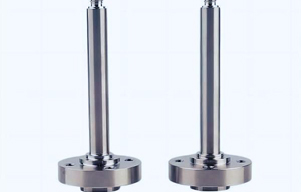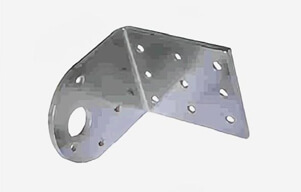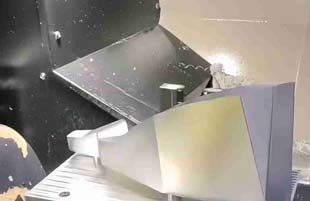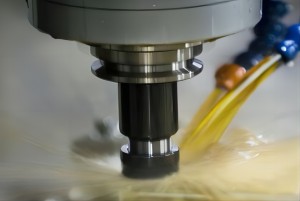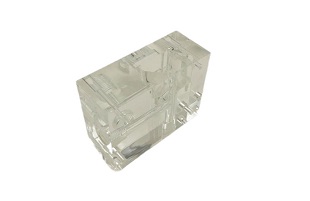In recent years, rapid prototyping and small batch manufacturing have become increasingly popular for producing plastic and metal parts. These methods offer a range of benefits, including shorter lead times, lower costs, and greater flexibility in design. As technology continues to advance, it's likely that these methods will only become more widespread. In this article, we'll take a look at some of the future trends in rapid prototyping and small batch manufacturing for plastic and metal parts.
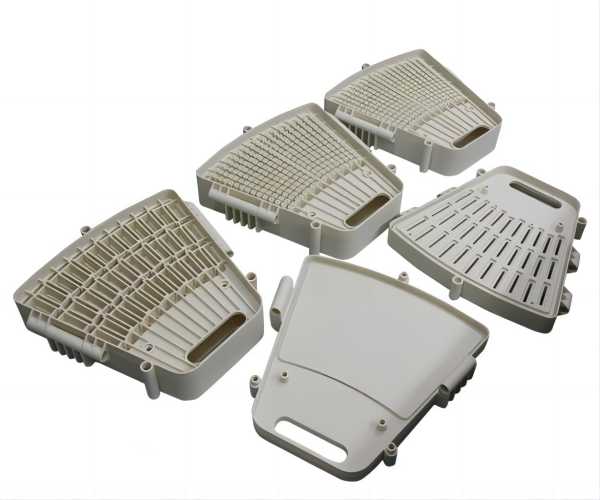
Rapid prototyping increased use of additive manufacturing
One of the most significant future trends in rapid prototyping and small batch manufacturing is the increased use of additive manufacturing(3D printing). This method, which involves building parts layer by layer, is particularly useful for producing complex geometries and small batches of parts. Additive manufacturing is already widely used in industries such as aerospace, healthcare, and automotive, and its use is only expected to grow.
One of the major benefits of additive manufacturing is that it allows for greater design freedom. Designers are not constrained by the limitations of traditional manufacturing methods, which often require complex tooling and machining. Instead, additive manufacturing allows for the creation of highly customized parts with unique geometries and features.
Another advantage of additive manufacturing is its ability to produce parts with reduced material waste. Traditional manufacturing methods often require the removal of excess material, which can lead to significant waste. Additive manufacturing, on the other hand, builds parts layer by layer, resulting in less waste and more efficient use of materials.
Increased use of CNC machining services
While additive manufacturing is an important future trend in rapid prototyping and small batch manufacturing, CNC machining services will continue to be an essential method for producing plastic and metal parts. CNC machining involves using computer-controlled machines to cut and shape materials to specific dimensions.
One of the advantages of CNC machining is its accuracy and precision. CNC machines are capable of producing parts with extremely tight tolerances, making them ideal for industries such as aerospace and medical device manufacturing. Additionally, CNC machining allows for the production of a wide range of materials, including metals, plastics, and composites.
Another benefit of CNC machining services is their scalability. While additive manufacturing is particularly useful for small batches of parts, CNC machining can be used for both small and large production runs. This makes it a versatile method for a variety of industries and applications.
Increased rapid prototyping integration with digital design tools
As technology continues to advance, we can expect to see increased integration between rapid prototyping and small batch manufacturing and digital design tools. This integration will allow for greater collaboration between designers and manufacturers, as well as more efficient and streamlined production processes.
Digital design tools, such as computer-aided design (CAD) software, are already widely used in the manufacturing industry. However, as rapid prototyping and small batch manufacturing continue to grow in popularity, we can expect to see even greater integration between these tools and manufacturing processes.
For example, some companies are already using virtual reality and augmented reality to design and visualize parts before they are produced. This allows designers to identify potential issues before production begins, reducing the risk of errors and delays.
Rapid prototyping and small batch manufacturing are already changing the way we produce plastic and metal parts. As technology continues to advance, we can expect to see even more innovations in these areas. Increased use of additive manufacturing, CNC machining services, and digital design tools are just a few of the future trends we can expect to see. By embracing these trends, manufacturers can stay ahead of the curve and continue to produce high-quality parts efficiently and cost-effectively.

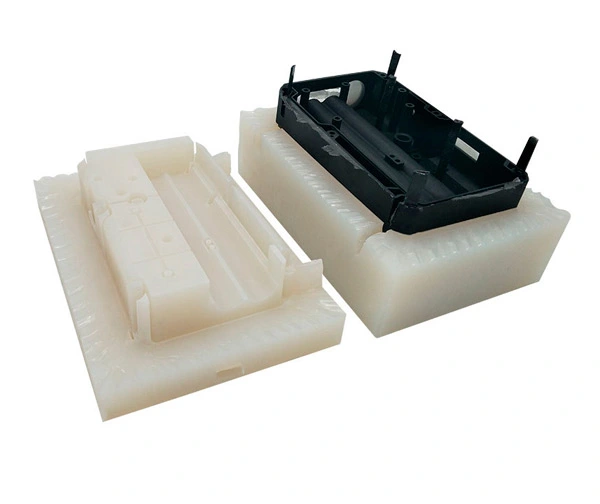
 EN
EN
 ja
ja  ko
ko  fr
fr  de
de  es
es  it
it  pt
pt  ar
ar  tr
tr  iw
iw 
